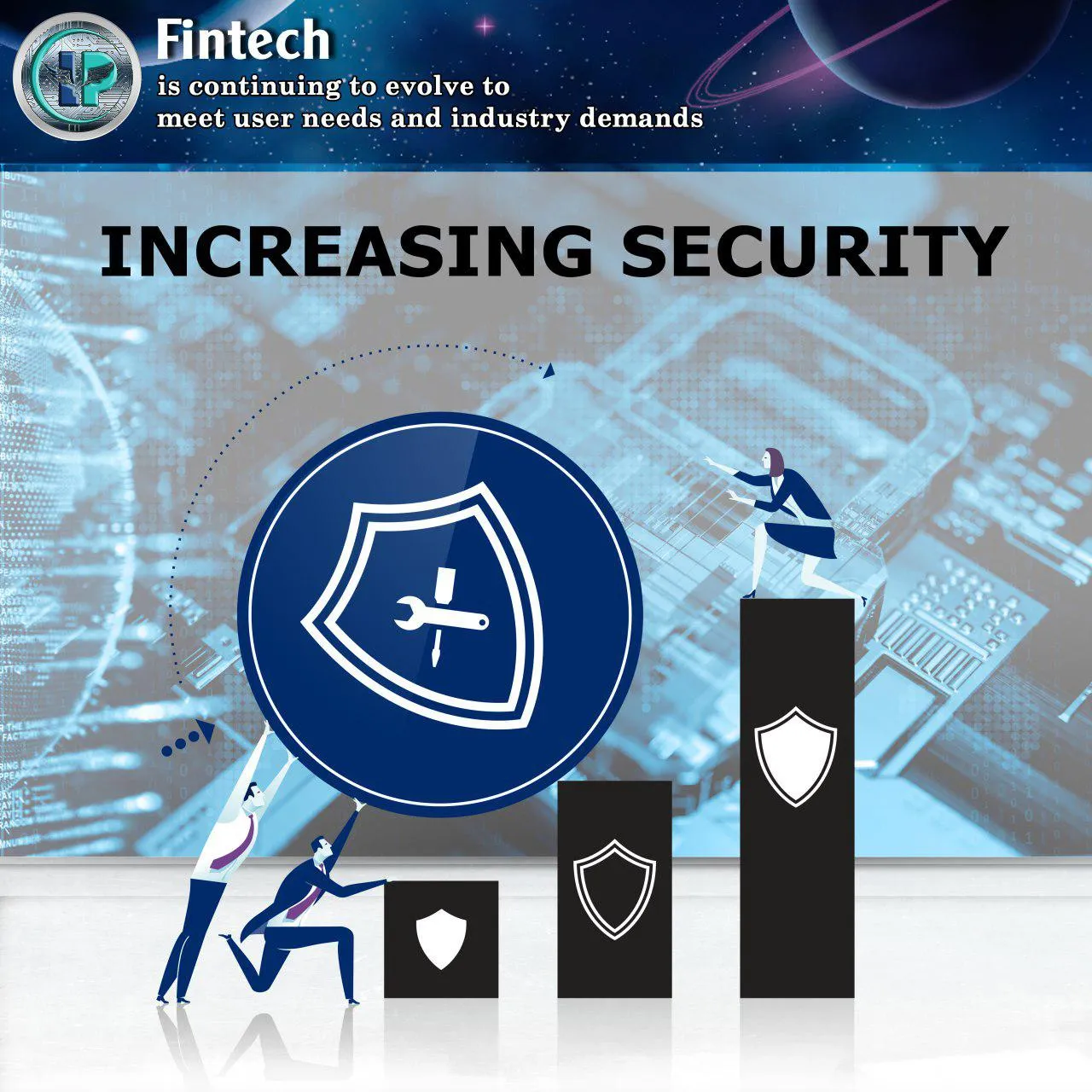Today, FINTECH is revolutionizing financial industries and companies. It’s also causing users to rethink traditional banking. Until recently, financial institutions have lagged behind the FINTECH transformation. Whereas Bitcoin and other innovations were once viewed as an attack against banks, financial institutions are now finding ways to work with, rather than against, the changing financial world.
Fintech is continuing to evolve to meet user needs and industry demands. The following trends define today’s fintech landscape:
Collaborating for success
Most people still deposit paychecks into banks and apply for jumbo loans to finance major purchases. Financial companies that want to capitalize on the technology shift and maintain or regain their market share must learn to collaborate with startups. Nearly 35% of banks say they are open to collaboration with fintech start ups. These emerging businesses have the know-how and technology, but they lack the capital and customers of established banks. By partnering with these startups, financial institutions are staying relevant, increasing efficiency and attracting younger customers.
Tapping into blockchain
Institutions like Goldman Sachs and the Bank of England are beginning to explore the capabilities of blockchain - the decentralized database that undergirds Bitcoin - for transmitting data and assets with enhanced security. By 2019, the banking industry will spend as much as $400M on block chainsolutions and adoptions, and simultaneously improve security and customer trust.
Automating the financial world
Today’s financial  companies are offering more value and services to customers, at a fraction of the time and cost. Chatbots. Artificial intelligence. Machine learning. Automated invoicing. The convergence of finance, big data and technology have enabled financial institutions to gain greater insight into their customers’ needs. By integrating AI solutions, they can often cut operational costs and minimize labor.
companies are offering more value and services to customers, at a fraction of the time and cost. Chatbots. Artificial intelligence. Machine learning. Automated invoicing. The convergence of finance, big data and technology have enabled financial institutions to gain greater insight into their customers’ needs. By integrating AI solutions, they can often cut operational costs and minimize labor.
Creating a virtual landscape
Virtual wallet use is expected to double worldwide by 2021. As biometric security improves the experience, more customers and companies will adopt this technology. We’ve already seen many companies begin to standardize to accept digital and mobile transactions.
Increasing security
It seems like every week we hear about a new security breach. However, fintech is working to minimize this risk through biometric verifications like fingerprint access and facial recognition. Although these advancements are reasonably new, users are eager to implement them for greater peace of mind.
Enhancing service on-demand
The on-demand economy never sleeps, and what was once considered fast service is no longer fast enough. To keep up with demands for faster service, organizations are tapping fintech to eliminate wait time, cut costs and connect more immediately.


